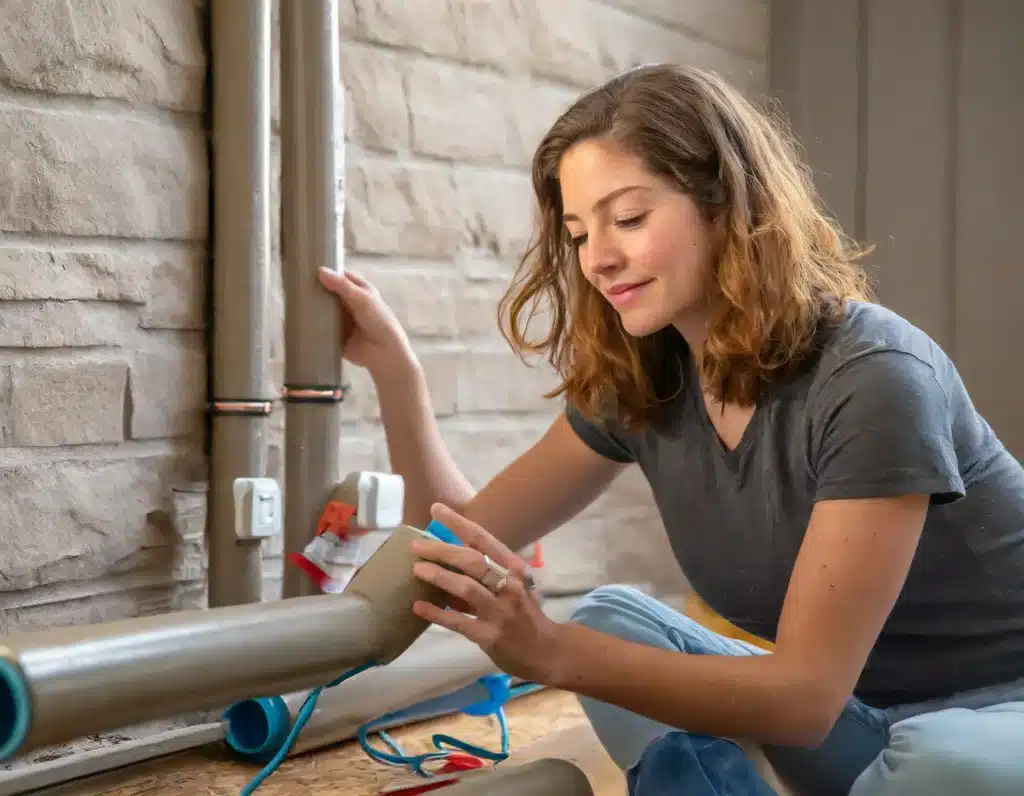Winterization Tips for Preventing Frozen Pipes
Frozen pipes can cause thousands of dollars worth of damage, but prevention measures are often the solution.
As an example, open any faucet whose pipe is affected to allow a small flow of water through it – this will both help prevent freezing as well as relieve pressure in case it does freeze over.
Insulate
Insulating vulnerable pipes with pipe insulation is one effective way to decrease the risk of frozen pipes. Insulation is especially helpful for pipes located in unheated spaces like basements and attics. Insulation also can lower energy bills.
One of the first indicators that your pipe might be freezing is sudden reduction of water pressure or trickle from an affected faucet, caused by expanding ice within its pipe. Other early warnings signs could include hearing or seeing clunking noises, visible condensation or the appearance of frozen patches outside your pipe.
Insulating pipes before winter arrives is always best; however, if a pipe starts freezing during an unexpected cold snap, take swift action immediately to minimize damage and costs while protecting future issues with the entire system.
Turn off the Water
As temperatures fall, commercial property owners might worry about frozen windshields and snow-packed driveways, but frozen pipes can pose even greater dangers. Exposed to freezing temperatures, pipes without sufficient insulation are more prone to freezing and burst, leading to costly water damage costs.
Shutting off water at the main valve is one way to protect pipes from freezing. Drippers may help reduce freezing by moving water less likely to freeze and thus relieving pressure that might otherwise build up within frozen pipes if they burst. Apply heat slowly when applying heat directly, as too much hot air could melt or rupture them altogether; alternative methods include using heating pads, space heaters, hair dryers or towels soaked in warm water – however beware any devices such as kerosene heaters which pose fire hazards! Once thawed, turn water back on slowly to check for leakage or signs of damage before turning back on slowly switching back onto full strength again for safety measures to check any signs or leakage or damage caused.
Start a Drip
No matter how effective insulation may be in preventing freezing, starting a drip will help keep water moving through and melt any build-up of ice that forms, which is particularly important during night time when temperatures can fall significantly.
If only a trickle comes out when turning on your faucet, this could indicate frozen pipes. Should this occur, first stop all water flow at the main shut off valve to limit damage and expenses caused.
Next, open cabinet doors under sinks so that heat from other areas of the house can flow into and warm the pipes. Consider adding heat tape or thermostatically controlled heating cables – available at most home improvement stores – to any exposed exterior or basement pipes for maximum protection from frozen pipe repairs costs. Taking these steps will protect customers’ homes, vacation properties and rental homes from expensive pipe repair bills caused by frozen pipes.
Heat a Frozen Pipe
Pipes that freeze can burst, unleashing hundreds of gallons of water at once and causing devastating damage. Preventative measures must be taken, but should your pipe do freeze, it is imperative that heat be applied immediately in order to thaw it out and prevent further complications.
Heating pads, electric hair dryers, space heaters or fireplace fires are excellent ways of applying direct heat directly to frozen pipe sections. A heat gun may also be useful, though care must be taken not to overheat one area by moving it continually. Never use open flame devices such as blow torches, kerosene heaters or charcoal stoves because these open flames may ignite and burn the melting ice which could eventually burst the pipe altogether.
If the frozen section of pipe is visible, running warm water over it may help thaw it; but if it’s located behind a wall or closet door and inaccessible to you, try raising your home’s thermostat a few degrees and opening closet and cabinet doors to allow heat circulation. Or consider purchasing electric “heat tape,” which provides low, steady warmth around its perimeter.




